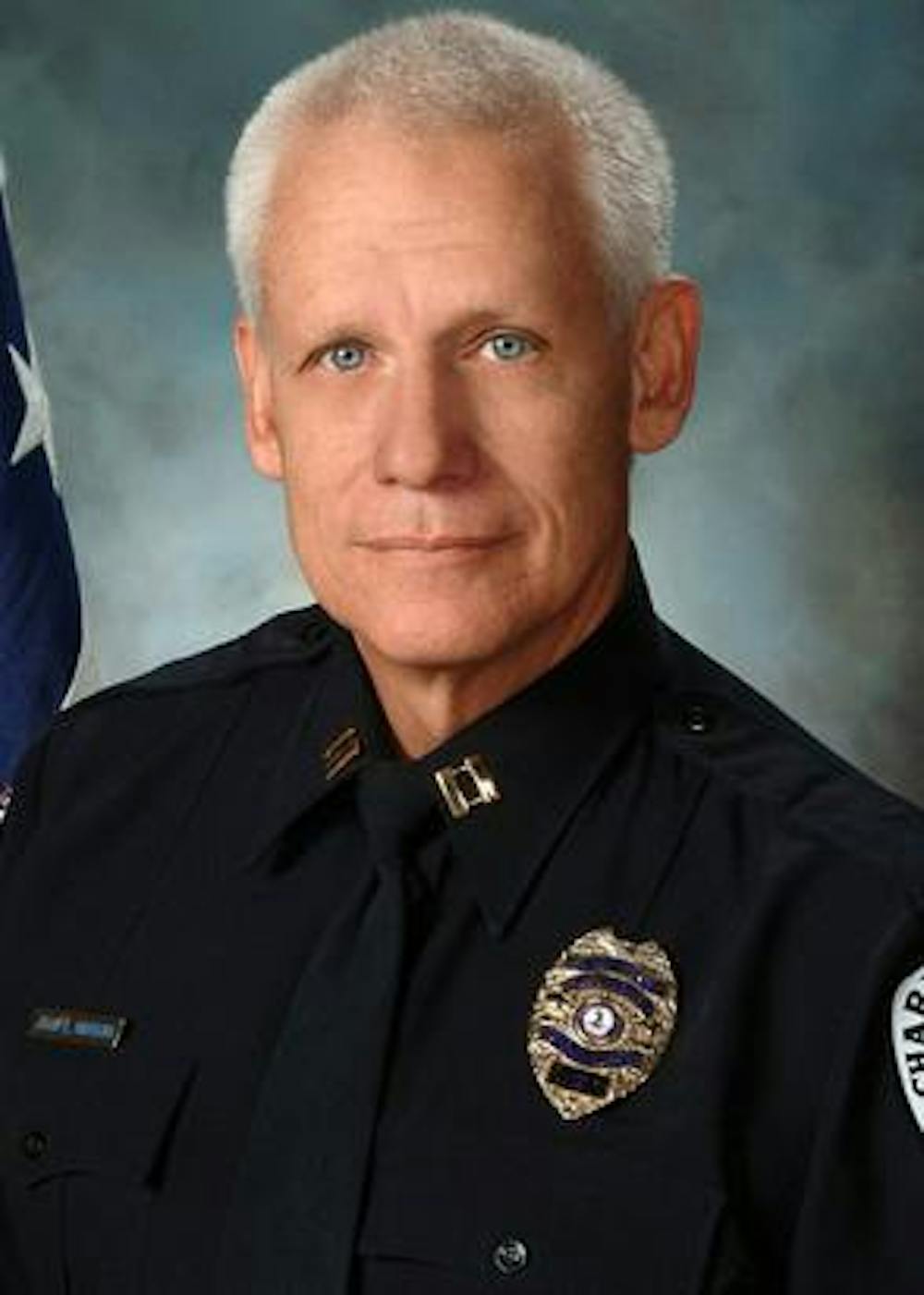Albemarle County Sheriff Chip Harding is advocating for an expansion of Virginia’s DNA databanks, pushing for the state to collect DNA from all individuals convicted of misdemeanors.
Harding specifically cited a 2010 misdemeanor charge against Jesse Matthew — who currently faces abduction charges in the case of second-year College student Hannah Graham, who was missing for 35 days before her remains were found by police. Harding said if Matthew's DNA had been taken in 2010, he would have been linked to DNA obtained in a 2005 sexual assault case in Fairfax, for which he currently faces three charges including attempted murder and forcible penetration.
“If convicted of that attack he most likely would have been in a jail cell at the time Hannah was walking on the Charlottesville Downtown Mall,” Harding said in a press release.
University Law Prof. Brandon Garrett said though he strongly supports the use of DNA testing to free the innocent and to convict the guilty, he is not in favor of expanding the databanks to include misdemeanor convictions.
In his book “Convicting the Innocent: Where Criminal Prosecutions Go Wrong,” Garrett examined the first 250 Innocence Project exonerations. The Innocence Project, a national litigation organization which aims to exonerate those wrongfully convicted using DNA evidence, has a clinic housed under the School of Law.
Garrett said in an email that expanding these databanks has diminishing returns, and that since few people with misdemeanor records go on to commit serious crimes, the benefits of expansion are unclear.
“There is the financial and institutional cost of a vast expansion, which could result in backlogs in testing the far more important evidence from actual crime scenes,” Garrett said. “Innocent people have been convicted due to backlogs at crime labs, or errors at overburdened crime labs.”
Virginia DNA Section Chief Brad Jenkins said in a press release there is no current backlog in processing profiles and DNA from violent crimes.
Harding said that because there is not backlog, and that if the plan is implemented at the state rather than national level, the issue presents less of a concern.
“When it comes to Virginia, his [Garrett’s] argument is mute because we don’t have a backlog at the moment,” Harding said. “With the correct funding, Virginia can keep no backlog.”
Jenkins reported that there are currently 7,700 DNA profiles in the Virginia DNA Databank which are unidentified. Harding said he believes that many of these could be identified if samples were taken for misdemeanors as well as serious crimes.
Harding, in an Oct. 13 press release, cited multiple cases in which a felon previously convicted of a misdemeanor was later linked to multiple unsolved cases after DNA testing.
One of these cases was Charlottesville serial rapist Shannon Malnowski, who was convicted of a misdemeanor in 1992. When Malnowski became a suspect for the rape of a Charlottesville High School student in 2000, he was connected to that case and two other rape cases dating back to 1996.
“If a DNA sample had been taken for the misdemeanors, he [Malnowski] would have been caught after the first rape and the latter two rapes would have never occurred,” Harding said.







